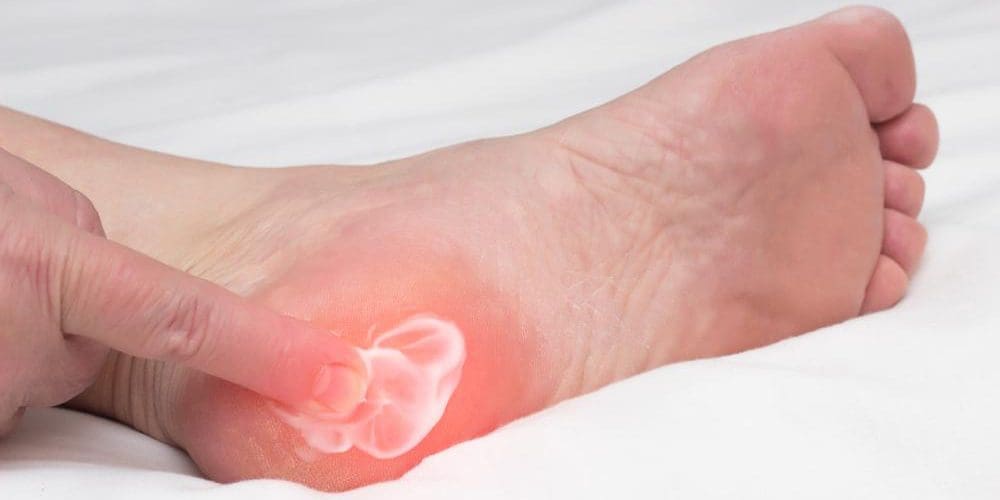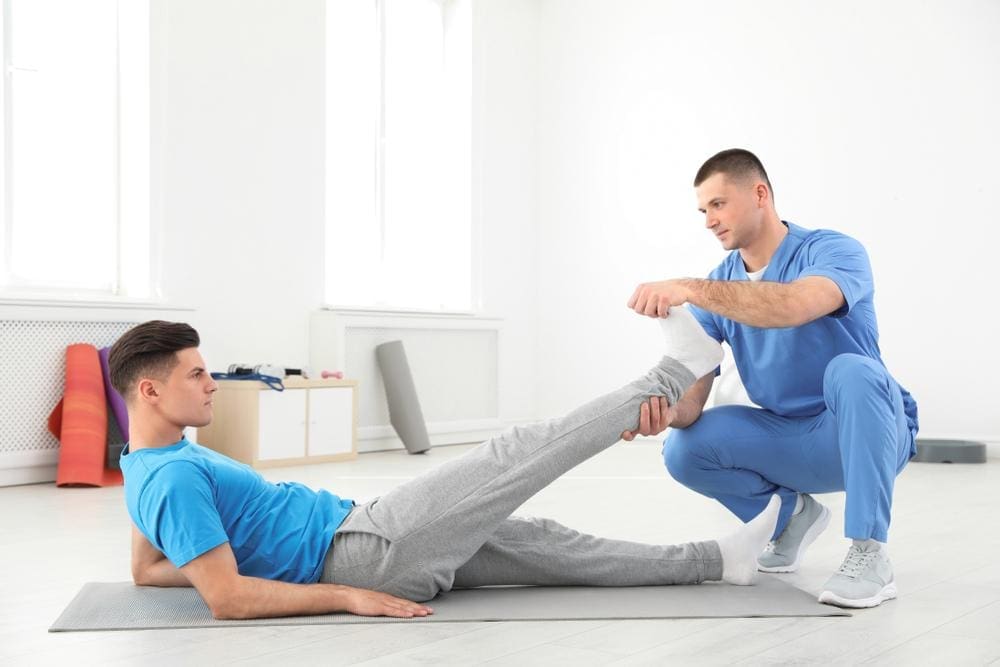
Bone spurs can be painful. Chiropractic care for bone spurs alleviates the pain and inflexibility caused by any type of bone spur.
Bone spurs, also known as osteophytes, are bony outgrowths that form along joints and the edges of bones. Treatment options include medications such as anti-inflammatories and corticosteroids, physical therapy, and chiropractic care.
Bone spurs typically occur when there is excess stress on a joint or tendon or when ligaments or tendons become inflamed due to arthritis or other joint-related conditions that causes the wearing away of cartilage.
Bone spurs do not always require treatment. Depending on the severity of the condition and the location, many bone spurs may go away on their own. If a person has mild bone spurs and no accompanying symptoms, they may be able to manage the condition without medical intervention.
However, if the bone spur is causing pain, immobility, or other symptoms, it may need to be treated.
Bone spurs can develop on the:
Bone spurs are typically classified according to the location on the body. The most common bone spurs include heel spurs, which develop on the underside of the heels, and shoulder impingement syndrome, which affects soft tissues in and around the shoulder joint.
Lumbar bone spurs are bony growths that form along the edges of normal bones in the spine. They can lead to pain and limited movement if they press on a nerve root or the spinal cord itself. Bone spurs may develop as a result of aging-related changes in the spine, such as degenerative disc disease, arthritis, or trauma to the bones of the spine.
Lumbar bone spurs are usually diagnosed with imaging tests such as X-rays, CT scans, and MRIs. These tests can help doctors determine whether a bone spur is pressing on nerve roots and causing symptoms. Treatment options for bone spurs include pain medications, exercises to strengthen the spine and reduce stress, physical therapy, and in some cases, surgery.
Neck bone spurs are small, bony projections that form along the edges of the cervical vertebrae. They develop when the body produces extra calcium in response to damaged joint surfaces. Neck bone spurs can cause various symptoms, including pain, tenderness, and restricted mobility.

In some cases, neck bone spurs can also lead to nerve compression, which can cause numbness, tingling, and weakness in the arms. Treatment typically involves non-surgical options such as physical therapy, anti-inflammatory medications, or steroid injections. In more severe cases, surgery may be necessary to remove the bone spurs and relieve symptoms.
Heel bone spurs are small, bony projections that develop along the edges of the heel bone. They can be sharp and protrude into nearby tissue, leading to pain and discomfort. A heel spur usually develops due to long-term stress on foot muscles and ligaments, which pull on the heel bone with excessive force. This causes calcium deposits on the heel bone's bottom, creating a spur. A heel spur can also be caused by wearing poorly fitting footwear that puts extra stress on the heel area.
Symptoms of heel spurs include heel pain when walking or standing and swelling in the heel area. Treatment typically involves resting to reduce inflammation and taking anti-inflammatory medications to relieve discomfort.
Symptoms of bone spurs may include:
In some cases, bone spurs may also cause numbness or tingling associated with nerve compression.
Chiropractors typically use various techniques to treat bone spurs, including adjustments, trigger point injections, stretching, and massage therapy. Chiropractic adjustment involves the chiropractor manipulating the body to restore proper alignment and improve the range of motion.
Trigger point injections target points to reduce pain and inflammation related to bone spurs. Stretching can help improve flexibility and reduce pain, while massage therapy aids in relaxing muscles and improving mobility. When combined, these techniques can be effective in treating bone spurs.

Additionally, chiropractors may recommend lifestyle modifications to alleviate pain and improve mobility caused by bone spurs. These may include exercises to strengthen the affected area, ice and heat therapy, dietary changes, stress management techniques, etc.
Chiropractic treatment can be a great way to treat bone spurs and the associated pain. It offers many benefits, such as reducing inflammation, improving joint flexibility, and enhancing range of motion. With chiropractic care, patients can reduce their need for medications or surgery.
Additionally, chiropractic care is non-invasive, which is beneficial for those who want to avoid surgery-related risks.
Furthermore, it can help to reduce pain and improve overall health and well-being. Chiropractic treatment can also help realign bones that have been affected by bone spurs, helping to reduce their impact on movement or daily activities. Lastly, chiropractic care can help to improve the overall health of joints, muscles, and ligaments to avoid future problems.

© Accident Care Chiropractic | Hablamos Español
Located in: North Portland, NE Portland, SE Portland, Gresham, Clackamas, Oregon City, Hillsboro, Bethany, Beaverton, Tigard, Forest Grove, Woodburn,
McMinnville, Keizer, Salem, South Salem, Bend, Vancouver, Hazel Dell, East Vancouver, Pasco, Kennewick, Lakewood.
We Specialize in Car Accident Treatment & Recovery
Home | About Us | Testimonials | Blog | Sitemap | Privacy Policy | Services | Locations | Contact Us